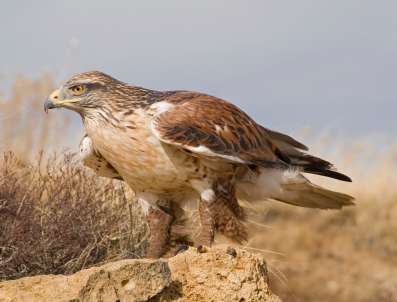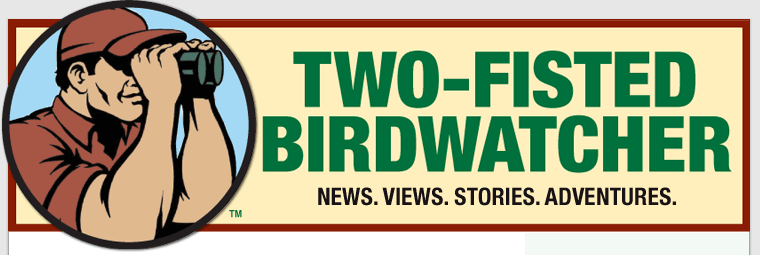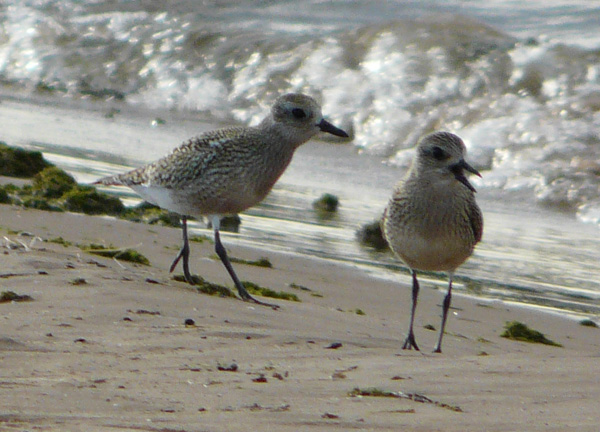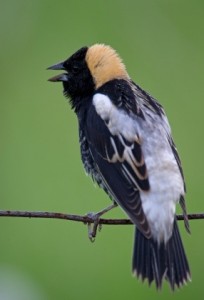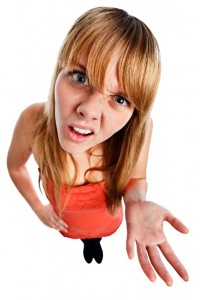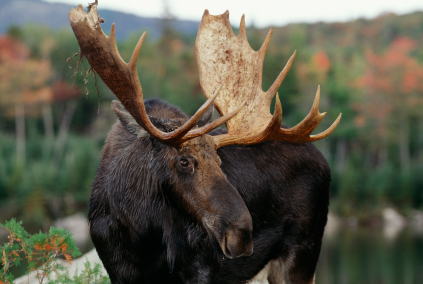The place: Nantucket, a resort island. The cast of characters: A bunch of ad execs and their big-bucks clients. They’re on a corporate getaway to brainstorm and mostly to bond. And you’re part of the group.
There will be meetings in a fancy hotel conference room, with reports, charts and idea-swapping. That part’s legit. But, we all know the truth. This boondoggle’s really about golf, joke-telling, laughs, the cementing of relationships.

You can accept being away from wife and kids back home while you sit through the business meetings. Business meetings are part of the job; what you’re being paid for. But you do mind it when the focus turns away from business and switches to pure bullshit: corporate bonding. You’ve never been into telling jokes. Never been on a golf course. And you don’t want to start now.
What are you going to do?
Here’s an idea: When the socializing starts, say to the group: “I’ve got to go bird watching!”
Okay, this is a very tricky excuse. And you know that sidestepping the “good-time-Charlie” stuff could be a firing offense. The firing squad is never far away. Business can be ruthless, like pro football or organized crime.
Your excuse is also tricky because it sounds freakin’ nuts.
But that may be your secret weapon. If you’re from the creative department, this excuse might just be quirky enough to work. As the business part of the get-together breaks up and everyone’s leaving the conference room for the reception area, name-tagged and boisterous, you say it again: “Sorry, guys, I gotta go bird watching.”

They laugh. But you’re serious. And wait a second: they’re buying it. You’re their slogan writer, idea man; the solo eccentric with the jeans and hair. It fits. They even like you for it. They give you a thumbs up, and say “G’wan, get out of here!”
So while they’re telling “guy-walks-into-a-bar” jokes, you wander down to the ocean and watch Herring Gulls drop clams on rocks to crack the shells open. Pretty cool.
By the way, this avoidance of corporate party-time doesn’t necessarily mean avoidance of refreshment. You like to unwind along with the best of ‘em. So, if you take a few cold beers to the beach with you, well, that’s what pockets are for. And they make the gulls’ behavior all the more interesting. You raise a toast to these clam-busting geniuses.

Later you describe what you saw to the suits (these men and women are suits, even if wearing golf outfits). Your enthusiasm for intelligent gulls cements your image. You’re not unfriendly, just unusual. Gotta expect that from the creative types.
At another conference, this time in Tarpon Springs, Florida, you beg off the buffet lunch between meetings, and tell them there are probably Purple Gallinules, Tri-colored Herons, Cattle Egrets and who knows what else in the nearby wetlands. “Go ‘head, get outta here,” they laugh.
You take a nap. Call your wife. Then get out into the wild and check for birds. Later, when you tell your colleagues about the Anhinga you saw, they say, “An-hing-what?” You say, “Shoulda seen it, guys, a snake bird.” And you’re home free. The Anhinga sold it. Plus, you got a new bird for your life list.
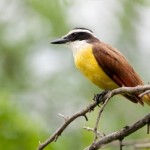
In Bermuda, maybe you saw a Kiskadee while the group took an afternoon away from conference tables to hit the golf course. No problem. When you said the weird word, “Kiskadee” they bought it, and didn’t mind your absence.
Corporate getaways can be tolerable if you play the bird-nut card. You attend the business sessions, sure, but when it’s time to swap jokes in the social rooms, you take your binoculars and your jacket with its pockets of beer cans, and disappear for a while. You’ve got a free pass.
Trouble is, such out-of-town meetings are becoming rare in the age of recession. They happen, but not as much. Extinction is always a possibility, whether you’re an Ivory-billed Woodpecker or an expense account.
But if you do find yourself on a corporate boondoggle, and you need a polite way to avoid the back slapping, this excuse has been proven to work…just say: “I’ve got to go bird watching.”
